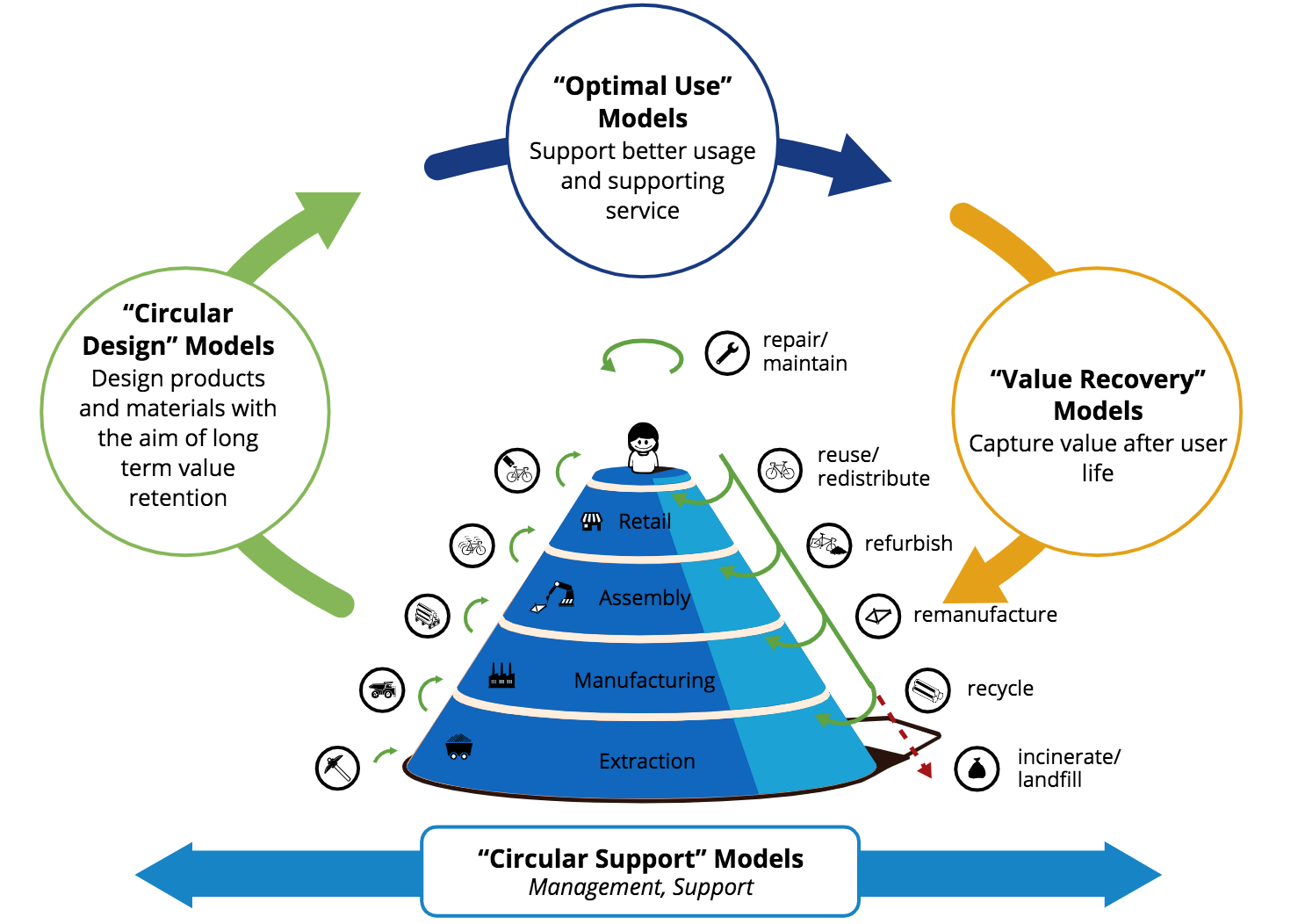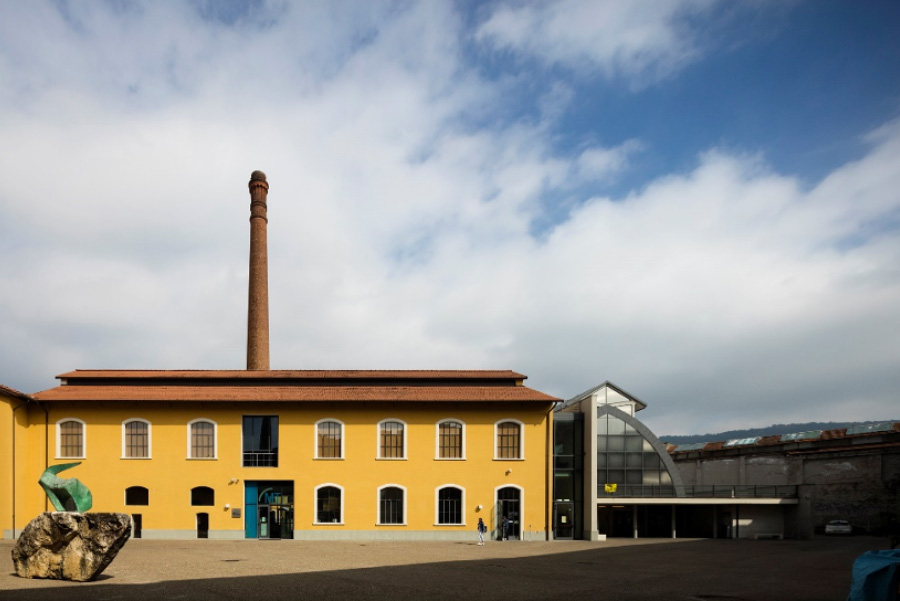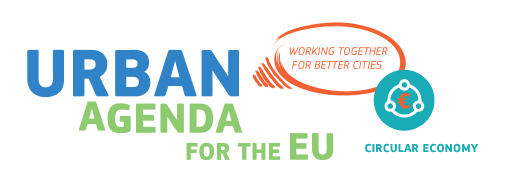Circular categories
The shift to a circular economy requires cities and organisations to rethink not only the use of resources but also to redesign and adopt new business models based on dematerialisation, longevity, refurbishment, remanufacturing, capacity sharing, and increased reuse and recycling.
This is, however, not an easy task because companies’ structures, strategies, operations, and supply chains are often deeply rooted in the linear approach. Even when the transition to a circular economy makes economic sense, production processes need to be transformed requiring initial investments, modification of processes, equipment, re-training of staff, and further cooperation within the wider value chains.
Circular strategies and business models fit into the following four main categories (see figure 1):1, 2
- Circular design models focus on the application of reduce / recycle strategies in the design and production phases
- Use & life extension models focus on the application of reuse / repair / repurpose / refurbish / remanufacture strategies in use phase
- Value recovery models focus on the application of recycle / recover strategies in after-use phase
- Circular support models focus on the support and facilitation of all circular strategies in all lifecycle phases

Figure 1: Business model categories mapped on the value hill
(Achterberg et al., 2018)







